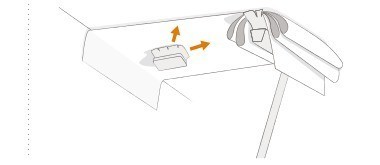€ EUR
 France (Mainland and Corsica)
France (Mainland and Corsica)
 France (Mainland and Corsica)
France (Mainland and Corsica)
International settings
Wallpaper & Mural


Types
- Mural
- Repeating pattern wallpaper
- Wall covering
- Wallpaper frieze
- Adhesive wallpaper
- See all walpapers
Manufacturer
Our collaborations
Furnishing fabric


Rug


Manufacturer
Tile


Types
- Usage
- Floor tile
- Wall tile
- Outdoor tile
- Swimming pool tile
- Shower interior tile
- Credenza tile Laying and maintenance
Manufacturer
Furniture


Manufacturer
Decoration


Manufacturer
Our brands

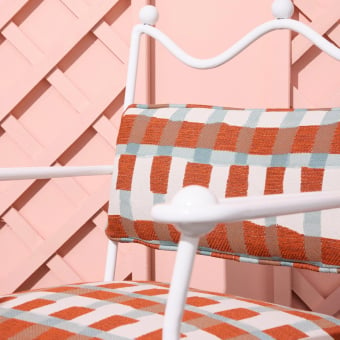
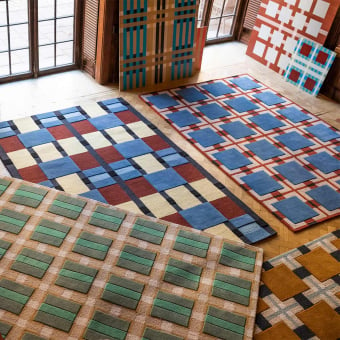
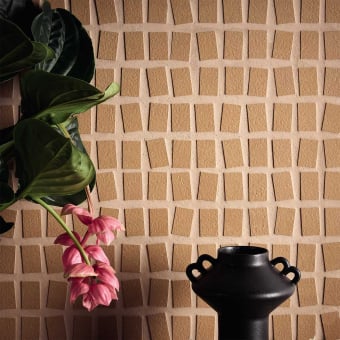
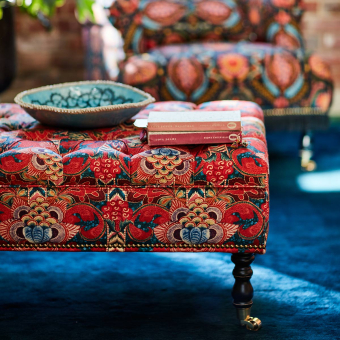
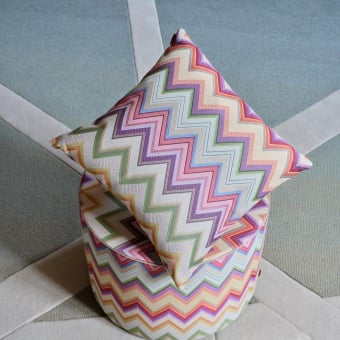


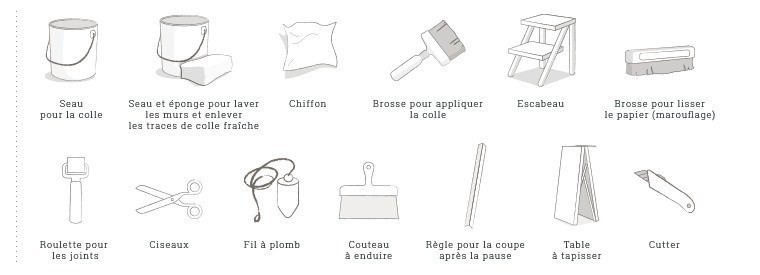
 Types of join:
Types of join:



